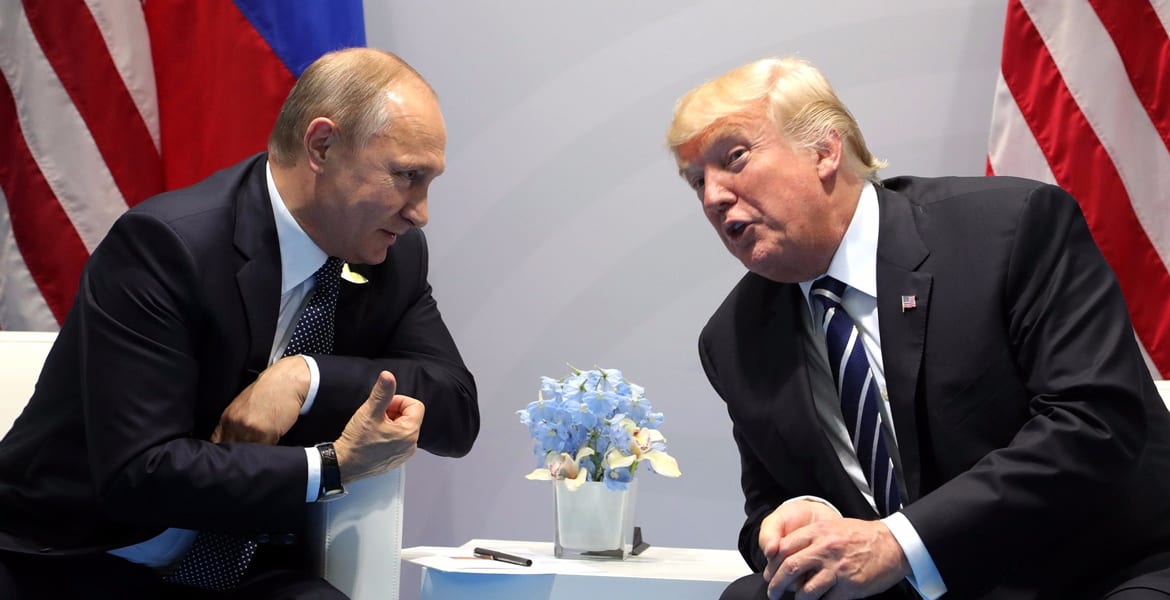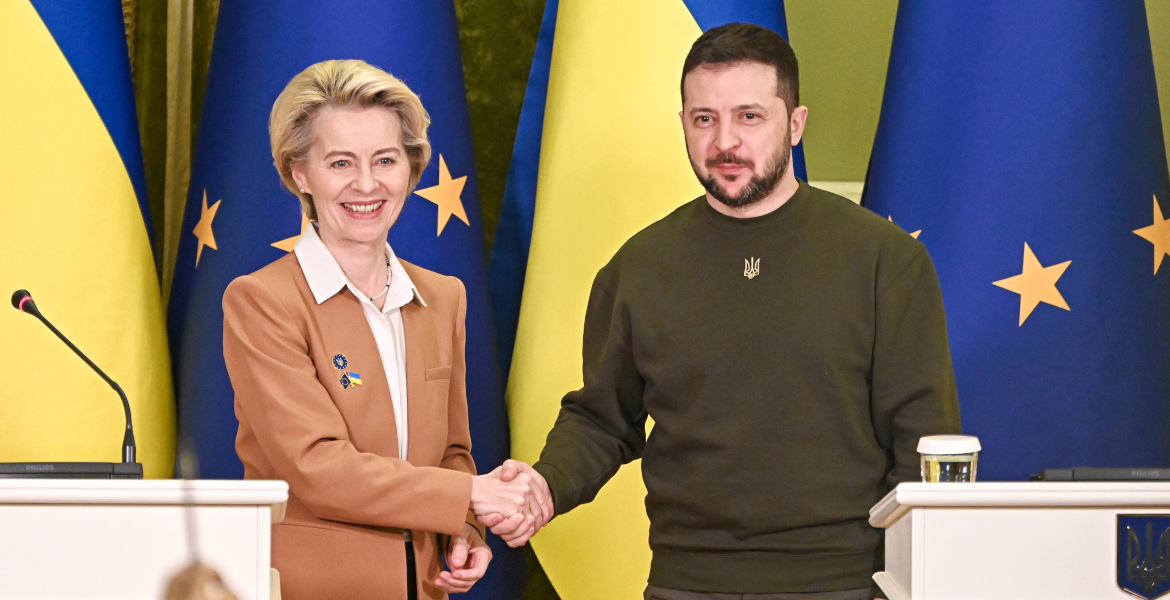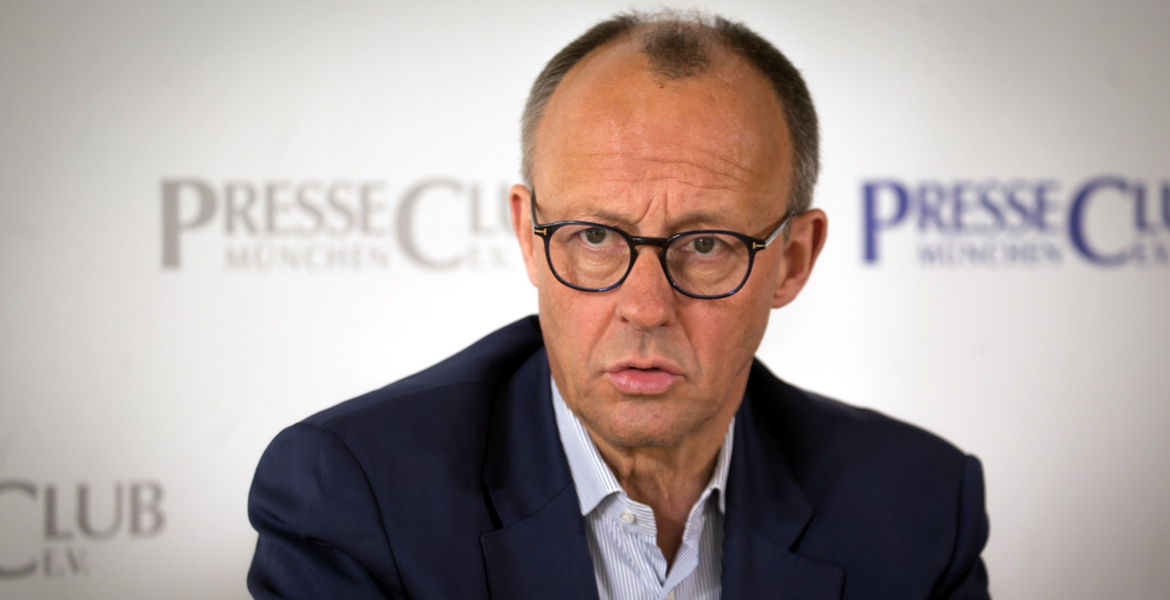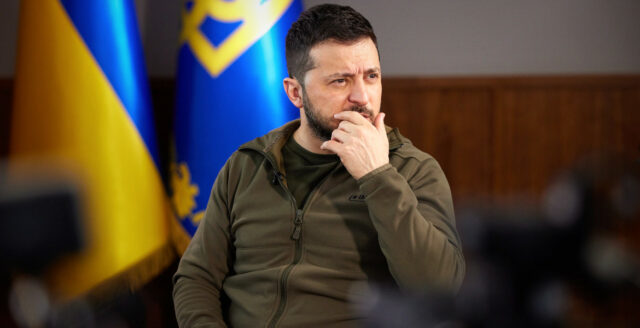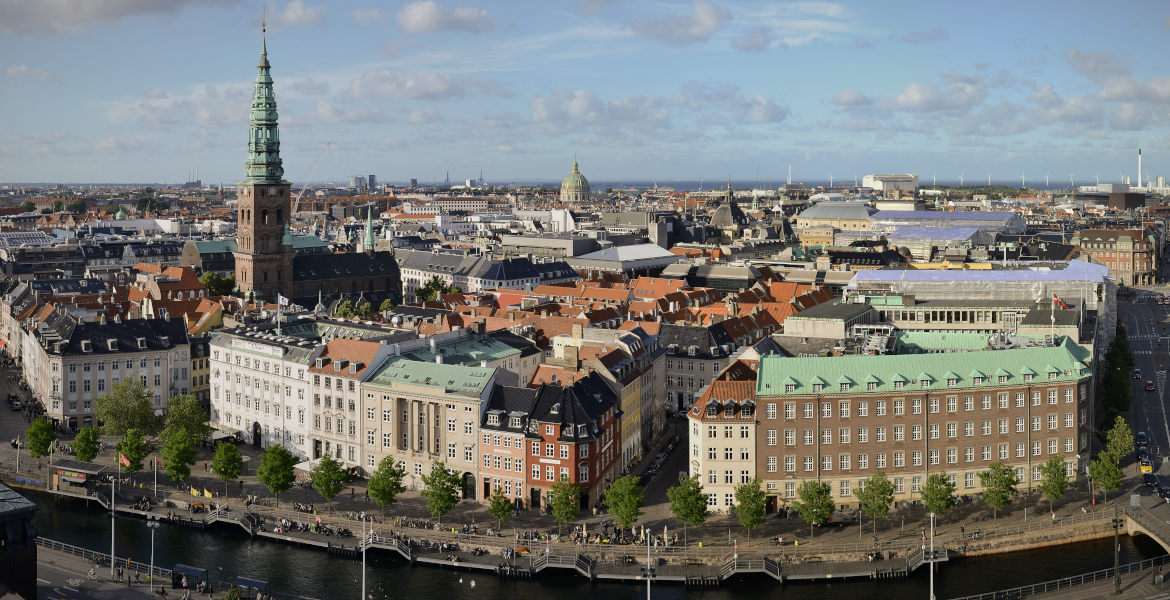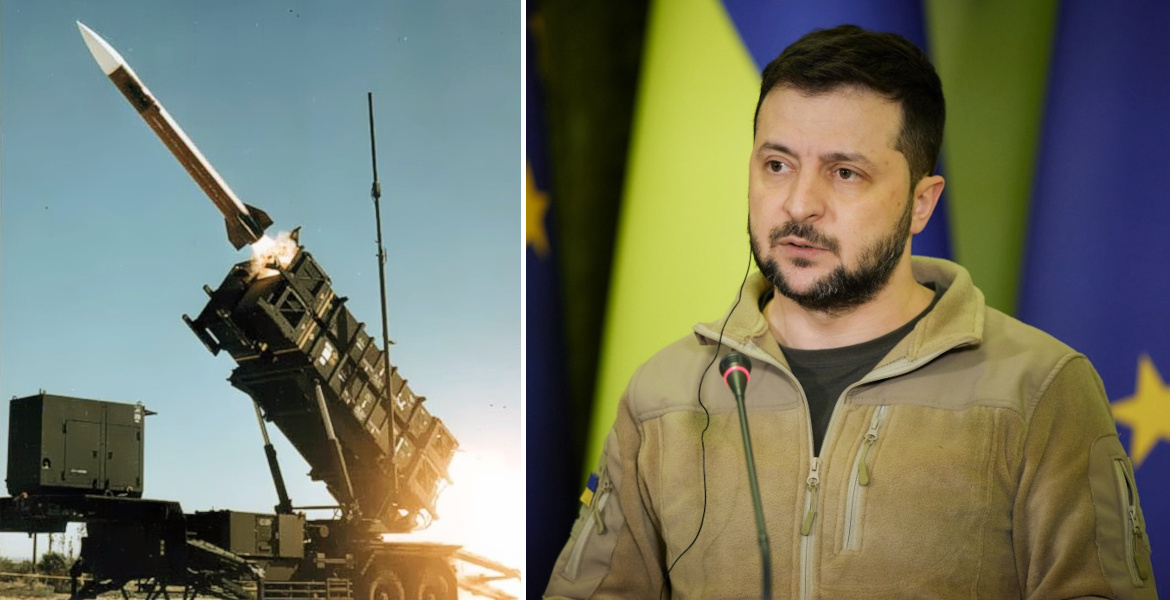US President Donald Trump and Russian President Vladimir Putin will meet in Alaska on August 15 to discuss the war in Ukraine. Meanwhile, the EU wants the US to increase pressure on Russia, and Ukrainian President Zelensky refuses to give up territory.
The meeting is marked by uncertainty, and a Russian negotiator warns of the risk that it could be sabotaged.
The summit in Alaska between the US's Donald Trump and Russia's Vladimir Putin is one of the most talked-about diplomatic initiatives since the war in Ukraine began over three years ago.
On the agenda is the possibility of finding a path to peace – or at least a ceasefire – in a conflict that has cost hundreds of thousands of lives, destabilized European security, and drained the economies of many countries, especially in Europe.
So far, it is planned as a bilateral meeting, but the White House has expressed openness to Ukrainian President Volodymyr Zelensky also participating in a trilateral discussion.
Zelensky himself has said clearly that he will never approve of Ukraine giving up territories to end the war. He emphasizes that a peace solution without Ukraine's involvement would be meaningless.
Donald J. Trump Truth Social 08.08.25 06:03 PM EST
The highly anticipated meeting between myself, as President of the United States of America, and President Vladimir Putin, of Russia, will take place next Friday, August 15, 2025, in the Great State of Alaska. Further details to…
— Fan Donald J. Trump Posts From Truth Social (@TrumpDailyPosts) August 8, 2025
EU opposition and Russian skepticism
Several European leaders have given their clear support to Zelensky and demand that the US increase pressure on Russia to force real peace negotiations.
EU foreign policy chief Kaja Kallas recently said that the US holds the tools to bring Russia to the negotiating table and that all talks must involve both Ukraine and the EU to ensure the continent's security.
Meanwhile, Russia expresses skepticism about the meeting's possibilities. A prominent Russian negotiator has warned that the meeting risks being sabotaged by forces that do not want to see an end to the conflict.
"Certainly, several nations that have a vested interest in prolonging the conflict will take titanic efforts (provocations and disinformation) to torpedo the planned meeting", warns Kirill Dmitriev.
The continued Russian military offensive in eastern Ukraine and the annexation of territories deepens the divisions and makes diplomatic efforts extremely complicated.
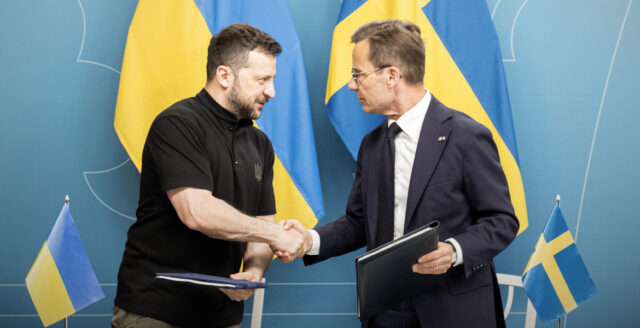
What can we expect from the meeting?
The meeting will be the first face-to-face meeting between Trump and Putin since the Russian invasion in 2022, and has attracted broad international attention. Critics argue that any real breakthroughs are difficult to expect, while there is some hope that diplomatic channels will be opened further.
Expectations are therefore cautious but still clear: Trump wants to pressure Putin into a ceasefire, while Russia has set high demands that the Ukrainian government and the Western world are unwilling to accept. Zelensky and European allies emphasize that peace must be built on Ukraine's sovereignty and territorial integrity.
How much this can be combined with Putin's ambitions and Trump's own negotiation tactics remains to be seen.
